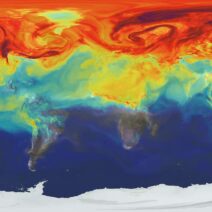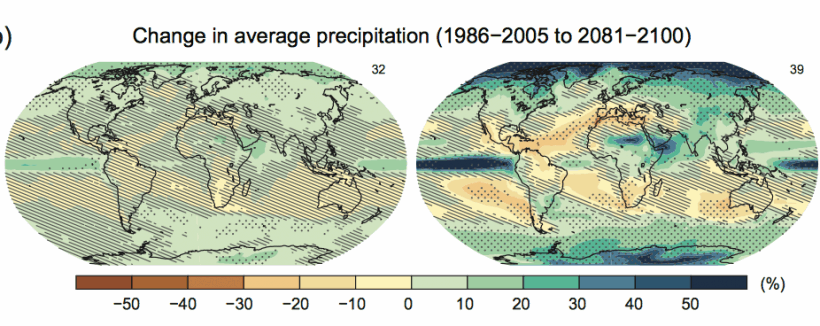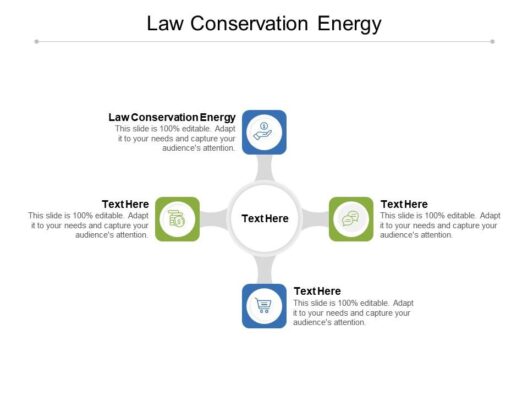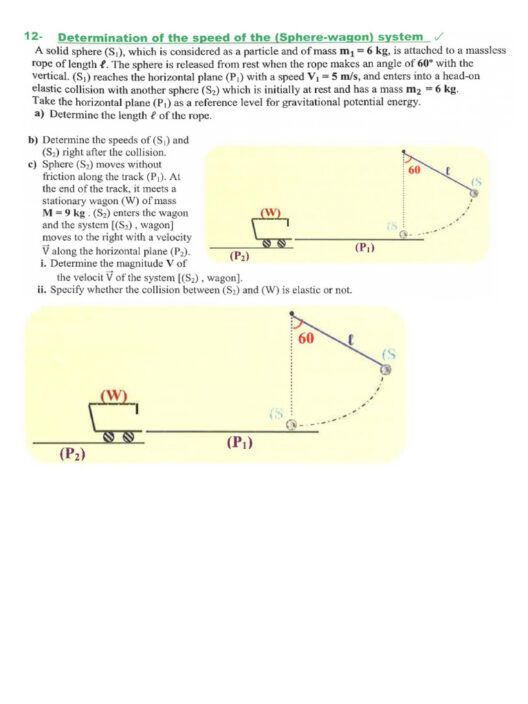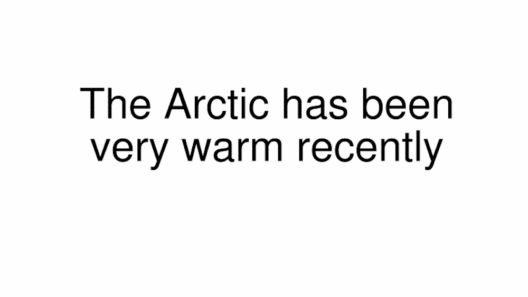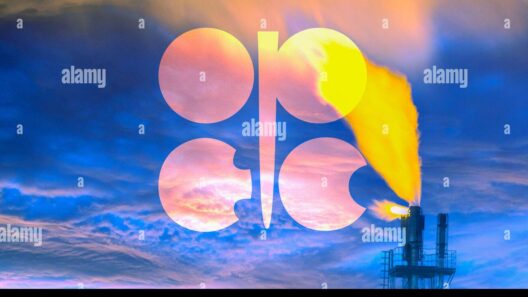Climate change, a term that reverberates through scientific discourses and public discussions alike, embodies the complexities and cascading consequences of global warming. The interplay between human activities, greenhouse gas emissions, and the atmosphere engenders a plethora of reactions that augment an already delicate ecological balance. This treatise delves into the intricate tapestry of global warming and its resultant phenomena, offering a shift in perspective as we navigate the multifaceted realm of climate change.
At the heart of the climate cascade is the greenhouse effect, a natural process that warms the Earth’s surface. Solar radiation passes through the atmosphere and is absorbed by the Earth, which subsequently re-emits the energy in the form of infrared radiation. However, the accumulation of greenhouse gases—chiefly carbon dioxide (CO2), methane (CH4), and nitrous oxide (N2O)—traps this heat, creating a more intense warming effect. This escalation of temperatures is not an isolated occurrence; rather, it initiates a series of profound changes across various biophysical systems.
One significant repercussion of global warming is the melting of polar ice caps and glaciers. The Arctic and Antarctic regions, often considered the Earth’s refrigerators, are experiencing unprecedented temperature rises. With satellite imagery revealing alarming trends, scientists speculate that the tragic beauty of these ice formations may become a relic of the past if current trajectories persist. The loss of ice not only contributes to rising sea levels but also disrupts marine ecosystems, impacting biodiversity and altering habitats for species that depend on ice-covered regions.
In concert with melting ice is the phenomenon of thermal expansion. As ocean temperatures increase, water expands, exacerbating the rise in sea levels. Low-lying coastal communities face existential risks, grappling with the threat of inundation. As seas rise, saltwater intrudes into freshwater systems, compromising drinking water supplies and agricultural lands. The cascading effect extends beyond physical geography; it precipitates socio-economic crises, displacing populations and amplifying the urgency of climate-related migration.
Furthermore, the warming atmosphere acts as a catalyst for extreme weather events. Hurricanes, tornadoes, droughts, and heatwaves are becoming increasingly severe and erratic. The intensity and frequency of these phenomena are not mere anomalies but rather emblematic of a shifting climate. The Institute for Climate and Society reported that warmer air holds more moisture, thus intensifying precipitation during storms, leading to devastating floods. Conversely, regions may experience prolonged droughts, impacting food security and water availability. This dichotomy underscores the broad and intricate interconnections forged by climate change.
Such weather extremes wreak havoc on agriculture, the sector quintessentially tied to climatic patterns. Crop yields oscillate with erratic weather, directly influencing food supply chains. Pulses of drought or torrential rains can decimate harvests, leading to food scarcity and increased prices. This reality fosters an environment ripe for social unrest, as populations contend with the dual challenges of hunger and climate-induced displacement. Underpinning this challenge is the uneven impact of climate change; vulnerable communities, often least equipped to adapt, face the brunt of these adverse effects.
In addition to terrestrial and oceanic shifts, climate change casts a long shadow over ecosystems and biodiversity. Species are forced to adapt at an unprecedented pace or face extinction. A phenomenon known as habitat shifting occurs when flora and fauna migrate toward cooler areas or altitudes. The fragility of ecosystems becomes evident, as interconnected species are disrupted by cascading effects of ecological imbalance. The extinction of even a single species can reverberate through food chains, altering entire ecosystems and diminishing biodiversity.
The repercussions of climate change extend into public health. Rising temperatures foster an environment conducive to the proliferation of vector-borne diseases such as malaria and dengue fever. Additionally, extreme weather events and heatwaves can strain healthcare systems as hospitals grapple with the surge in heat-related illnesses. The air quality degradation linked to increased wildfires and pollution further exacerbates respiratory diseases, placing additional burdens on vulnerable populations.
However, amidst the daunting realities presented by climate change lies an opportunity for transformative action. Understanding the climate cascade compels a requisite shift in perspective. Society must transition from a reactive approach, characterized by mitigation efforts post-disaster, to a proactive stance focused on adaptation and resilience. Comprehensive policies that integrate sustainability across sectors can pave the path toward a more equitable and stable future.
Decarbonizing the economy emerges as a vital strategy in combating global warming. Transitioning to renewable energy sources, enhancing energy efficiency, and promoting carbon-neutral practices must take precedence. Investment in sustainable infrastructure not only curtails greenhouse gas emissions but also fosters economic growth and job creation. In tandem, community engagement and education are pivotal. Empowering individuals to take actionable steps—such as reducing waste, conserving energy, and advocating for climate policies—can contribute to a collective response in addressing the climate crisis.
In conclusion, the cascade of events ignited by global warming poses a formidable challenge but also invites an essential reckoning. Through a keen understanding of the interconnectedness of climate systems, we are reminded of our responsibility to the planet. With a commitment to innovative solutions and the resilience of communities, a collaborative effort can mitigate the threats posed by climate change. The urgency is palpable, and the time for transformative action is now. We hold in our hands the potential for a sustainable future, bridging the chasm between today’s challenges and tomorrow’s possibilities.


